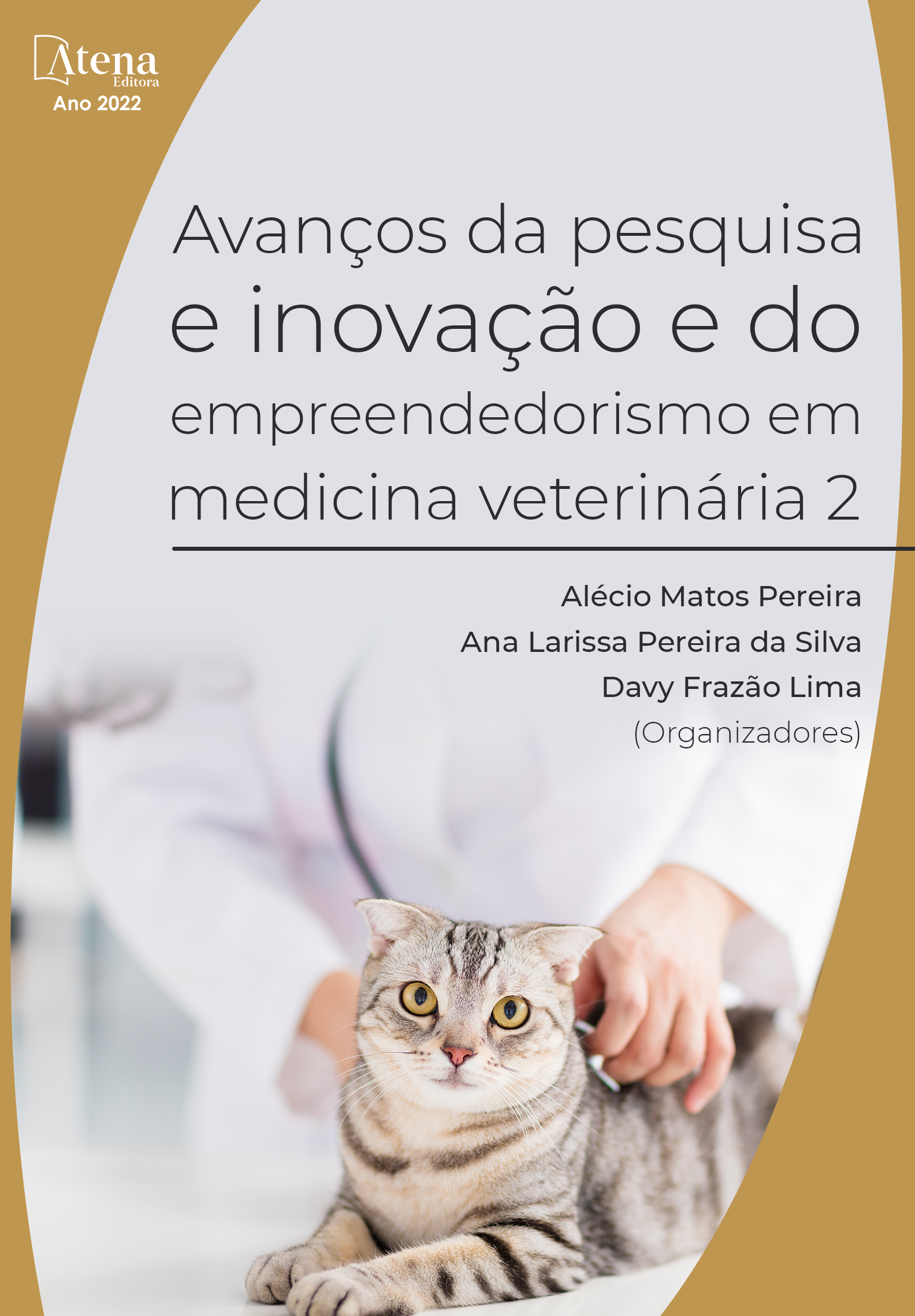
ENGORDE A CORRAL DE CAPONCITOS CAPRINOS CON DISTINTAS FUENTES PROTEICAS REGIONALES EN LA RACIÓN
El objetivo del trabajo fue evaluar el engorde de caponcitos caprinos, utilizando como fuentes proteicas dos tipos de poroto descarte y pellet de soja. Se trabajó con 18 machos castrados de 5 meses de edad, con un peso inicial promedio de 17 kg, los que se asignaron al azar a tres tratamientos, durante 120 días. Las raciones de los mismos se formularon de tal manera de asegurar un mismo nivel de energía y proteína. En todos se ofreció como forraje fibroso 0,820 g/día/animal de heno de avena y se adicionó Núcleo Vitamínico Mineral 15 g/día/animal mientras que el suplemento varió: T1: Poroto Blanco 0,360 g/día/animal + Maíz grano 0,240 g/día/animal; T2: Poroto Negro 0,280 g/día/animal + Maíz grano 0,250 g/día/animal; T3: pellet de soja 0,180 g/día/animal + Maíz grano 0,250 g/día/animal. El consumo de materia seca se determinó mediante la diferencia entre el alimento ofrecido y el rechazado de lunes a domingos. El seguimiento del peso vivo se realizó tres veces por semana de manera individual, previo al suministro de alimentos, con 8 h de ayuno. El consumo de avena fue similar en los tres tratamientos, mientras que el de concentrados y la eficiencia de conversión de las raciones se modificó con la utilización de las distintas fuentes proteicas, siendo inferiores las raciones con poroto blanco en todo el periodo evaluado. Los resultados obtenidos muestran la posibilidad de obtener animales pesados para la venta a corta edad utilizando como fuente de alimentación subproductos descarte (poroto) de origen local, contribuyendo a la diversificación de la oferta de carne caprina.
ENGORDE A CORRAL DE CAPONCITOS CAPRINOS CON DISTINTAS FUENTES PROTEICAS REGIONALES EN LA RACIÓN
-
DOI: 10.22533/at.ed.8582219046
-
Palavras-chave: suplementos proteicos, engorde, caprino
-
Keywords: Protein supplements. Fattening. Goat
-
Abstract:
The fattening of Anglo Nubian young castrated male were evaluated, comparing the inclusion of two types of Phaselus vulgaris and soya pellet. The animals were randomly distributed in six pens and three treatments of 18 animals each, with a initial mean weight of 17,4 ± 1,3 kg . In all, 0.820 g / day / oats hay animal was given as fibrous forage ,while the supplement varied: T1: white bean 0.360 g/day/animal + corn grain 0.240 g/day/animal; T2: black Bean 0.280 g/day/animal + corn grain 0.250 g/day/animal; T3: soybean pellet 0,180 g/day/animal + corn grain 0,250 g/day/animal. The trial had a period of 14 days of habituation and 120 days of sampling. The dry matter consumption was estimated daily, while the measurement of body weight was carried out three times a week. Data were analyzed by ANOVA with a DCA. No significant differences were found the consumption of oats was, while that the consumption of concentrates and the conversion efficiency of the rations were modified with the use of different protein sources. The values of daily and total weight gain presented statistically significant differences, it is found that the means of T2 and T3 were similar, while they were differentiated with that of T1. The conversion efficiency were different between the three treatments being the soybean pellet concentrate (T3) the most efficient. The results obtained contribute to the need to increase the production of meat caprine, in order to promote the consumption and commercialization of these alternative products for the diversification of Argentina's meat supply
-
Número de páginas: 7
- Chagra Dib, Elsa Patricia
- Leguiza, Hector Daniel
- Cabrera, Gustavo
- Romero, Graciela
- Rivera, Hector Luís
- Fernández Madero, Julieta
- Sleiman, Mónica Daniela
- Malvina Tolaba
- Tomas Anibal Vera


